Team Player
Sara France takes a collective approach to forging her ideal life.
• September 2022 issue
When Sara France launched her wedding photography business as a side gig in 2001, she took a business-first approach. Over the next nine years, she steadily built a clientele and an impressive portfolio, working increasingly high-end events in and around San Diego. Her work with artistic depth of field and creative off-camera lighting drew attention from Apple, which purchased her images to display in their stores and online. She was named a Sony Artisan of Imagery and became a mentor in Sony’s Alpha Female program. Today, she’s a sought-after wedding photographer in the San Diego area.
Beyond her talent with a camera, a key to France’s success has been a team-based approach to the development of her business. From the beginning, France enjoyed the camaraderie of working with a team. The inspiration to build a collective came when she had to start turning away potential clients who didn’t meet her minimum budget requirements. France didn’t love the idea of referring them to other photographers whose professionalism she couldn’t verify. So, she started bringing in photographers under her umbrella, nurturing them to build the requisite skills and professional practices, and then sending them work with the confidence they would be able to produce the right kind of experience for clients.
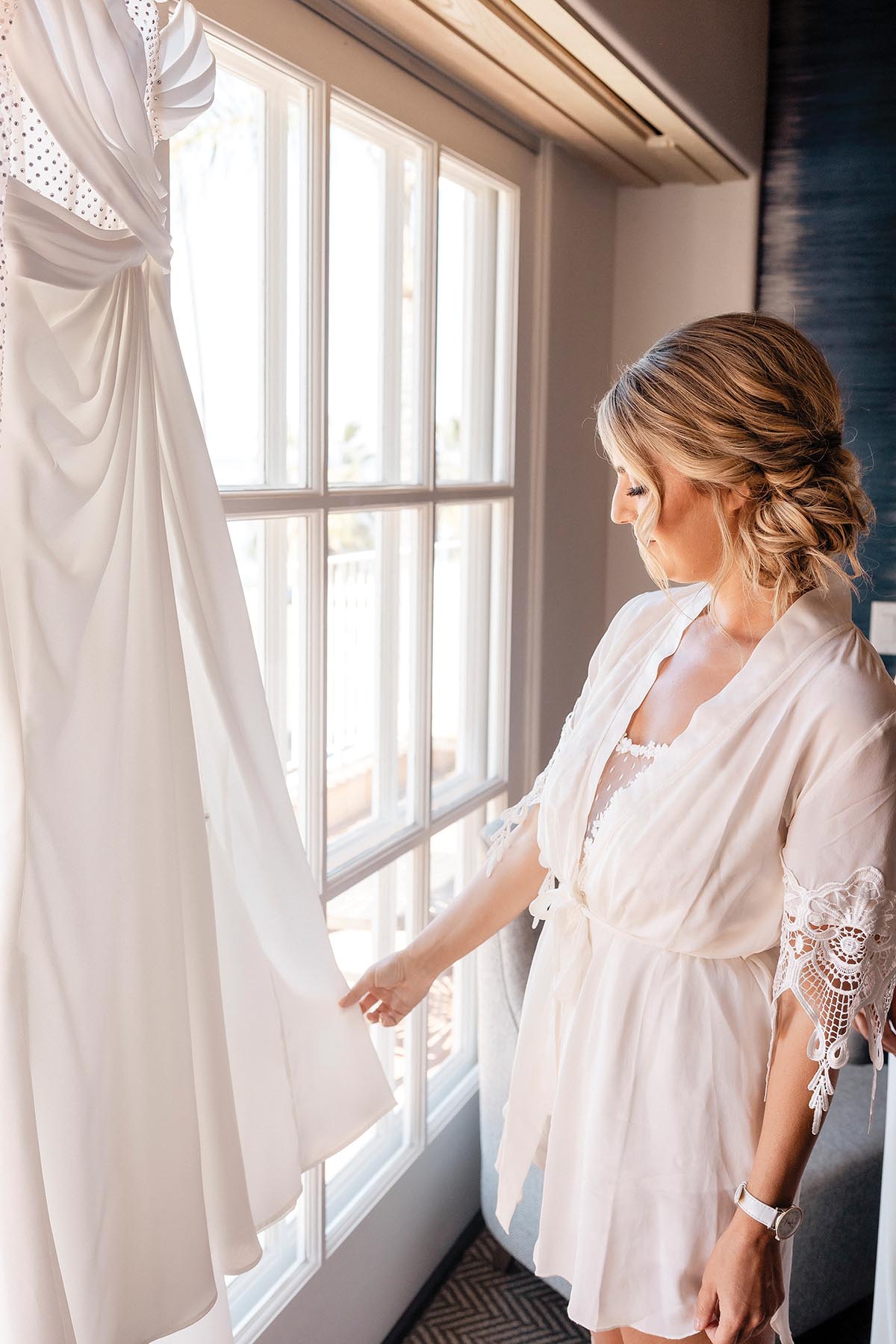
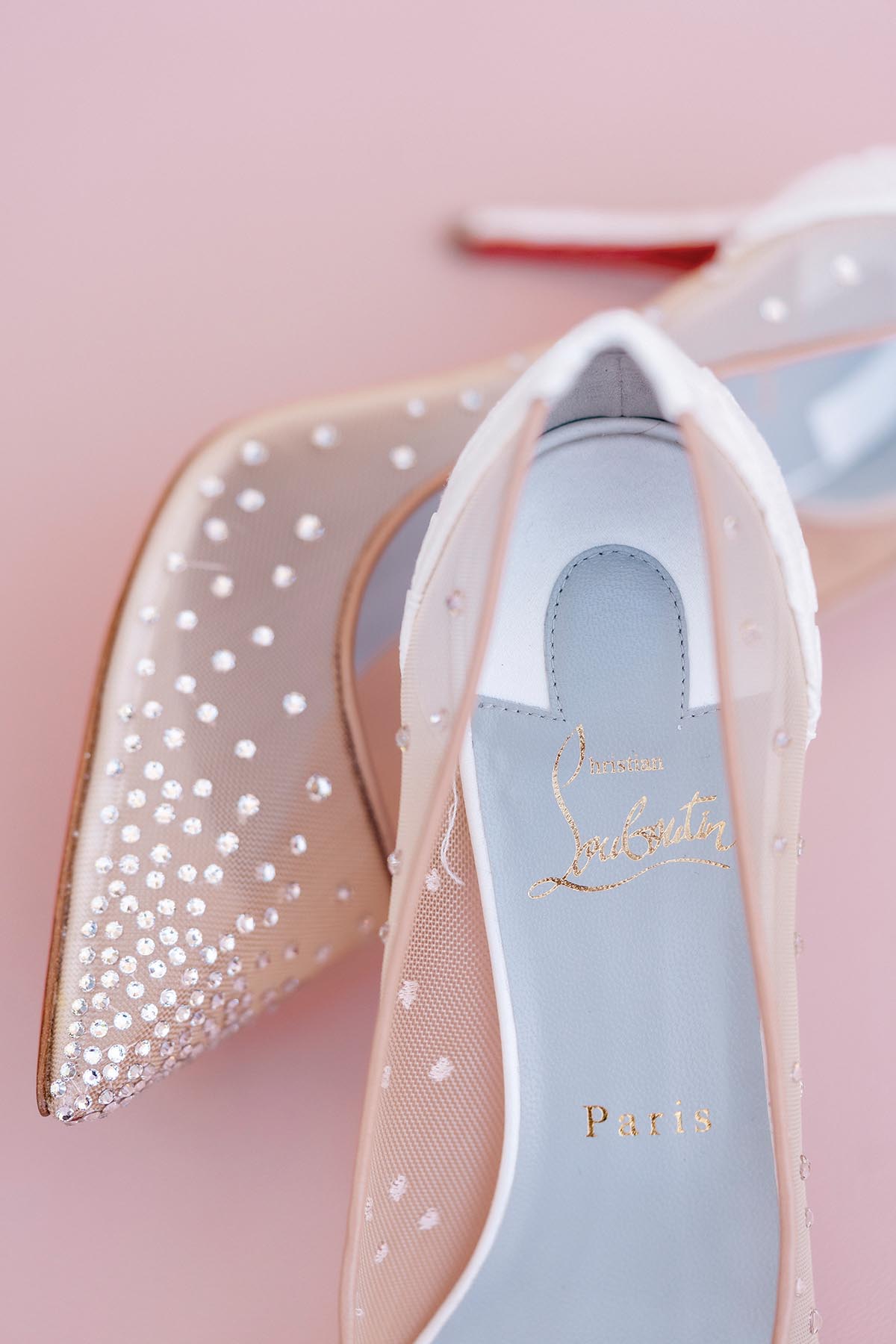
DISTINCT BRANDING
France separated her business into distinct brands. Sara France Photography became the luxury wedding photography provider. The Copper Collective became the mid-range studio. That arm of the business includes multiple photographers operating at different budget levels and with their own styles.
Though France manages The Copper Collective, the branding is not tied to her name. This allows the individual photographers to establish their own identities while also providing clarity for clients. As the collective has established itself, most of its leads come in directly, with wedding planners and other referral sources typically seeking out individual photographers who match the style and budget of their clients.
The pairing of The Copper Collective with Sara France Photography has allowed France to accommodate couples with budgets ranging from $3,000 to $10,000-plus. Together, the studios can handle a higher volume because the brands share production resources, such as a production manager, photo editor, and other associates who cull images and post galleries.
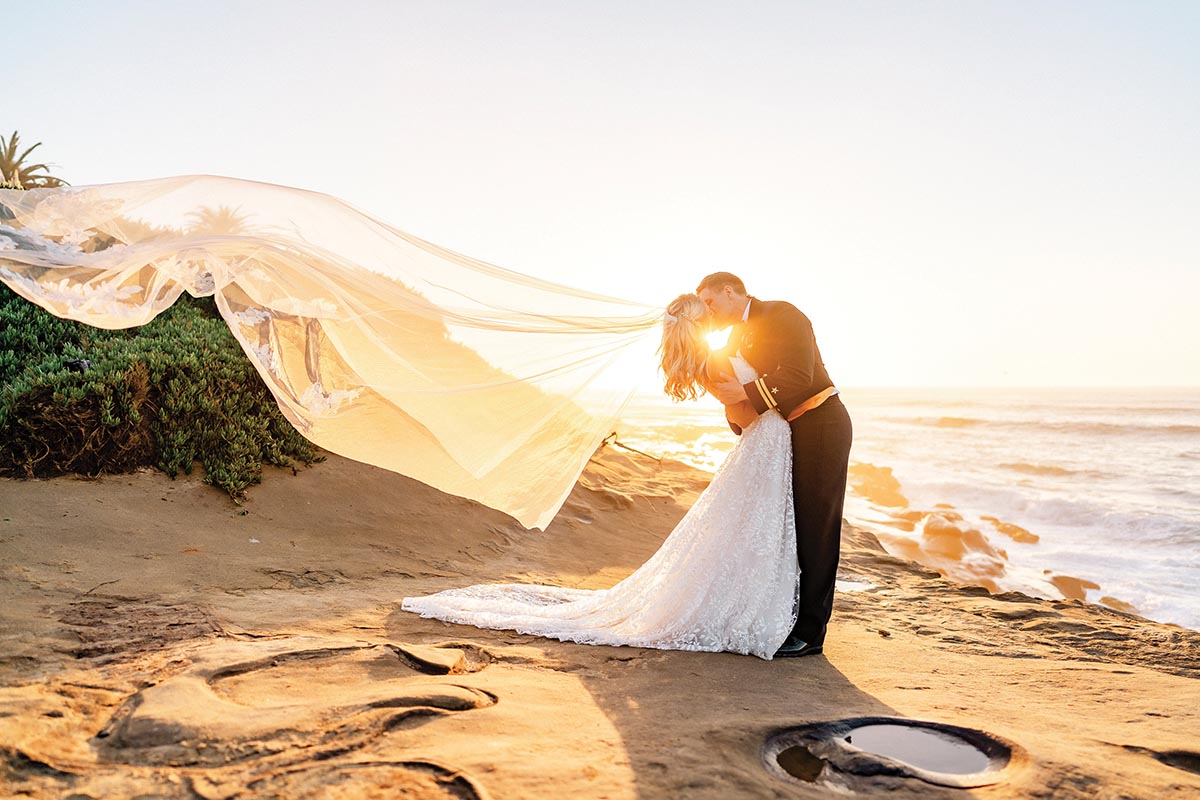
The arrangement gives each photographer the confidence to take on more weddings than most individual photographers could manage, including logistically challenging events like destination weddings, because the team keeps production moving while the photographers are on location. France’s team handles all of the bookings, client management, business management, and marketing, which additionally frees up the photographers to focus on their craft.
COOPERATIVE ARRANGEMENT
What makes the cooperative arrangement relatively unique—and effective—is that the photographers aren’t employees. They are individual artists, and France is dedicated to helping them build their own brands within the collective.
A successful collective business model depends on finding the right photographers, says France. “Treat them right, help them, give them a sense of ownership.” With that in mind, she invests heavily in the education of the collective’s photographers. She’s devised a multistep process for bringing photographers up to speed:
- Evaluate. Assess the photographer and figure out areas of weakness that need to be addressed. Their use of light is often a good starting place.
- Build the gear bag. France goes through in-depth lessons on building a professional collection of gear, including off-camera flashes, the right mix of lenses, and accessories. She also coaches them through creating a priority list for their purchases and budgeting for the major expenditures.
- Light training. France teaches advanced techniques for using off-camera flash and continuous lighting products.
- Event reviews. She reviews previous events, talks about what worked and why, as well as what didn’t work and why.
- Monthly training. Every month, France gets together with the collective photographers, usually for a half day, and works through different scenarios. These could be things the photographers are struggling with or new techniques to add to their artistic arsenal.
- Presentation. France covers tips on attire, professional presentation, even hair and makeup styles that are appropriate for a wedding job.
- On-the-job learning. All collective photographers shadow France on multiple weddings before going out on their own. She shows them how to speak to clients, how to set up family groups, how to compose formals, and how to interact with families. “You can have a great camera, great gear, and great photography skills, but if you can’t interact with a client and help them through a wedding day, you’re going to be very limited in what you can capture,” says France. “So, this is an obvious area of emphasis.”
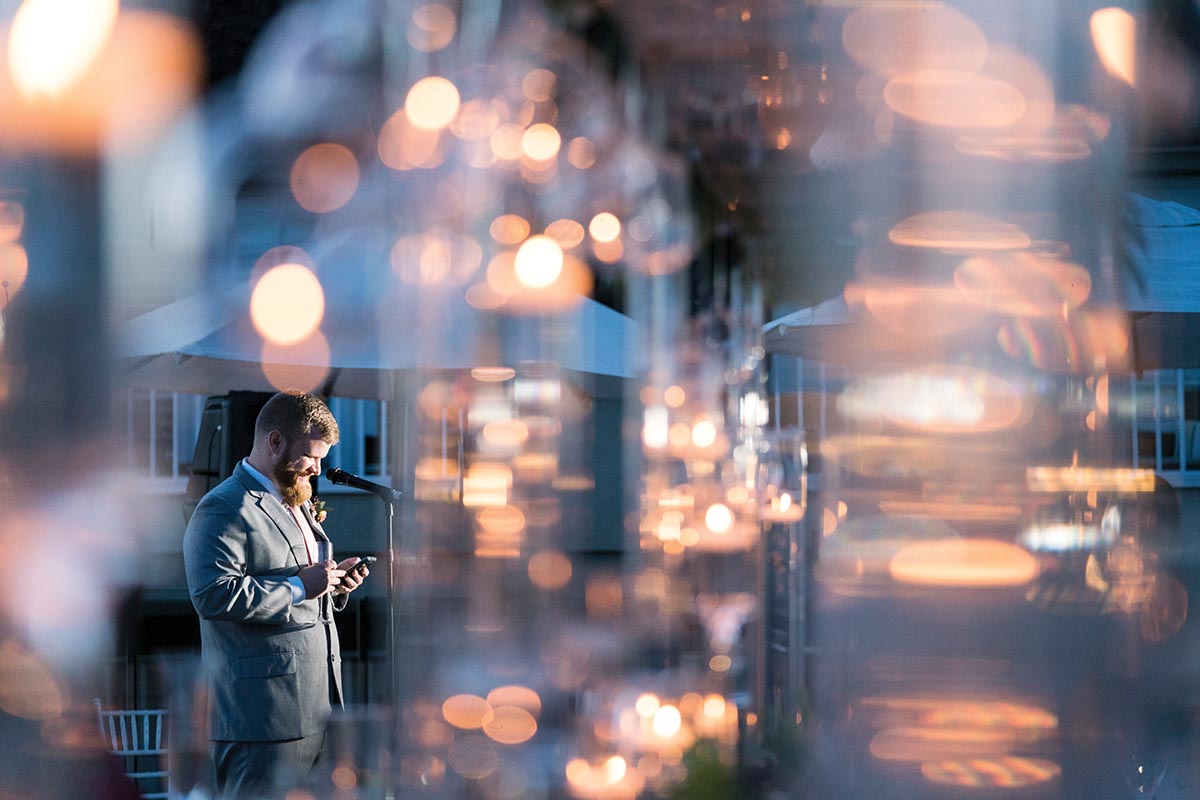
If there’s a key element that has made the collective the success that it is, it’s the buy-in France gets from the photographers who train and work with her. “The secret sauce for building a business that includes other photographers is that it really needs to feel like it’s their own business,” she says. “I wanted to find a way to get photographers 100 percent invested versus just using the collective as a way to build their own brand and [then] bolt. That’s why we handle a lot of the administrative things photographers spend their weekdays doing, and we have the systems in place that many people take years to establish, so they can just step into a business that’s already built for them.”
Jeff Kent is editor-at-large.

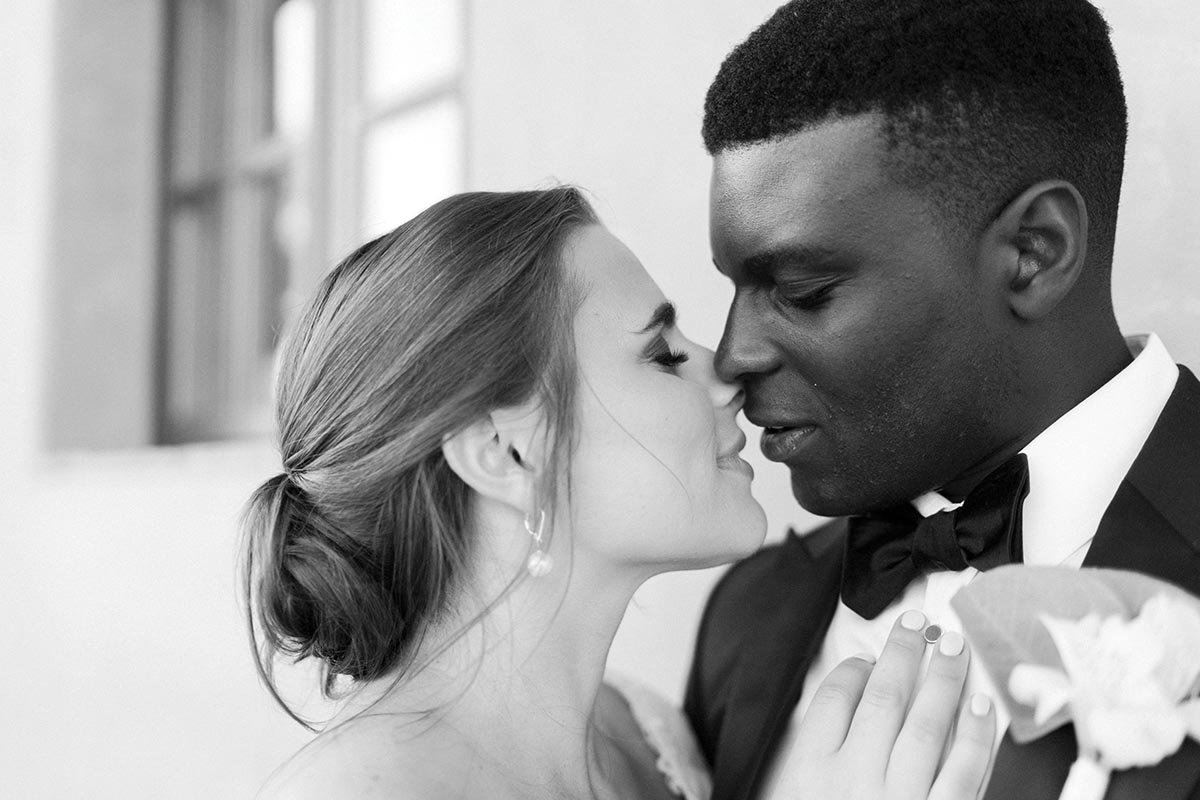
 View Gallery
View Gallery

